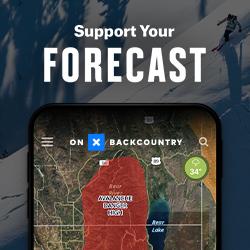Observer Name
Wilson, Hardesty
Observation Date
Thursday, December 1, 2016
Avalanche Date
Wednesday, November 30, 2016
Region
Salt Lake » Big Cottonwood Canyon » Silver Fork » East Bowl
Location Name or Route
East Bowl Silver Fork
Elevation
9,900'
Aspect
North
Slope Angle
43°
Trigger
Skier
Trigger: additional info
Unintentionally Triggered
Avalanche Type
Soft Slab
Avalanche Problem
Persistent Weak Layer
Weak Layer
Depth Hoar
Depth
2'
Width
45'
Vertical
250'
Caught
1
Carried
1
Comments
Thank you David Kliger for reporting the avalanche in the East Bowl of Silver Fork; we went to check it out a day later—figuring the hang fire danger would be much reduced—and now have some information to complement your report.
Going in, our main questions were:
• What layer did the snow fail on? Was the storm snow failing on a weakness within, at the interface with thanksgiving snow, on leftover facets, or gliding on the rock itself?
• Was this spot representative of high north aspects generally, or something special?
The crown of the avalanche ranged in depth from as shallow as a foot (it was roughly that where the skier tracks enter) to over 2' feet deep. At the top of the slide and just above, the slope approaches 45 degrees. And very much as Kliger described, the slide exposed rock below the snowpack—broad enough that it was hard to keep an edge on with skis and not worth trying in boots. Perhaps more dramatic than the slide were the series of 2’ deep cracks on either side of the flanks.
Inspection of the flank and crown revealed 5-9mm facets at the base of an otherwise right-side-up snowpack. The facets were sharp and dry, and failed on the 9th tap from the wrist on an ECT done in 50cm.
Extended column tests performed to the west of the crown and just below the toe had similar profiles but important differences: Both were deeper (70cm), the facets were smaller (3-5cm) and we only got propagation along the facets with some heavy hitting “bonus” whacks at the end of the test.
The absence of strong signs of instability so near to the avalanche, combined with tantalizing evidence of consequence-free steep skiing nearby, seems to support the forecast’s assessment that high elevation North aspect persistent slab problems are decidedly present, but perhaps trending from localized to isolated areas.

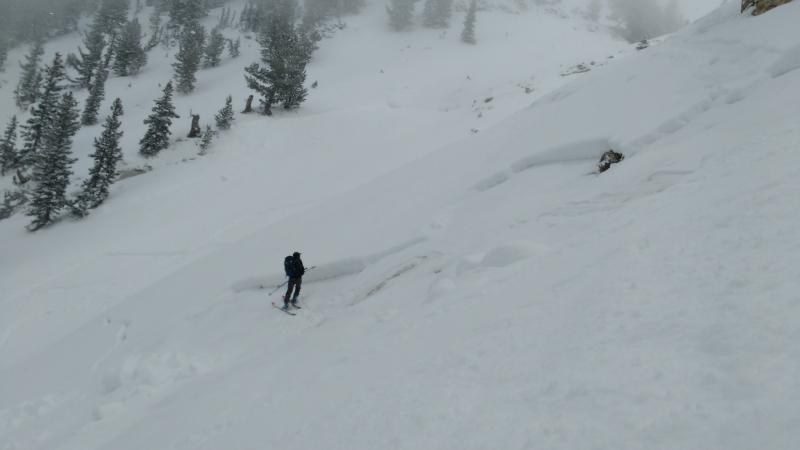
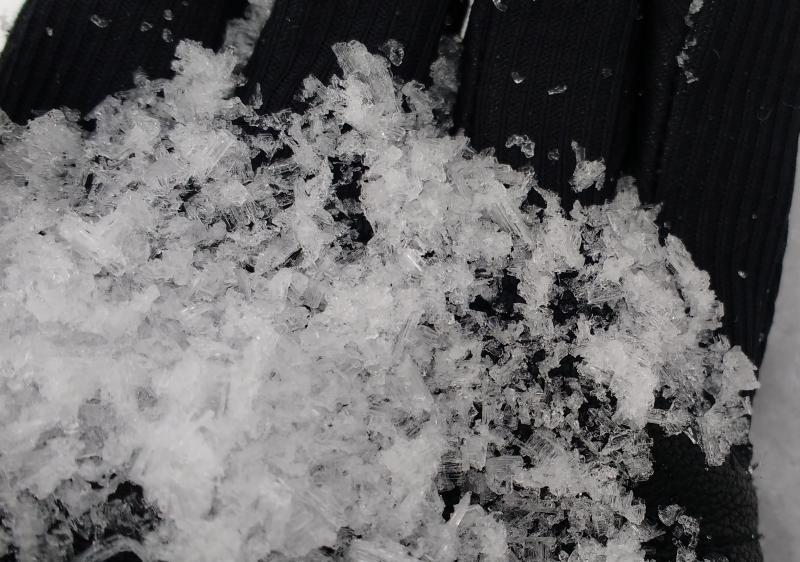

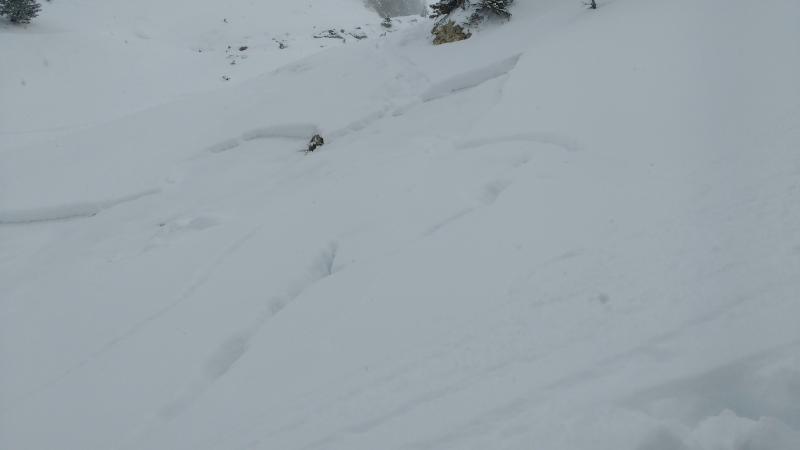
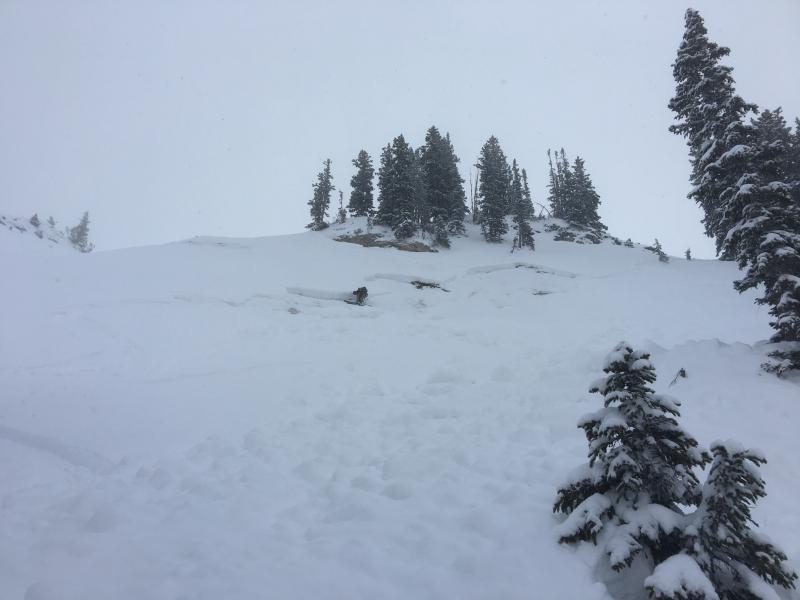
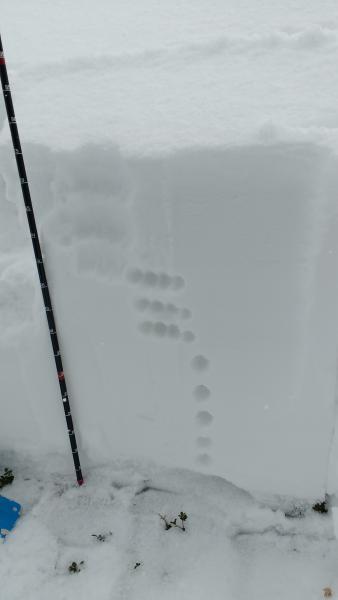
Coordinates



